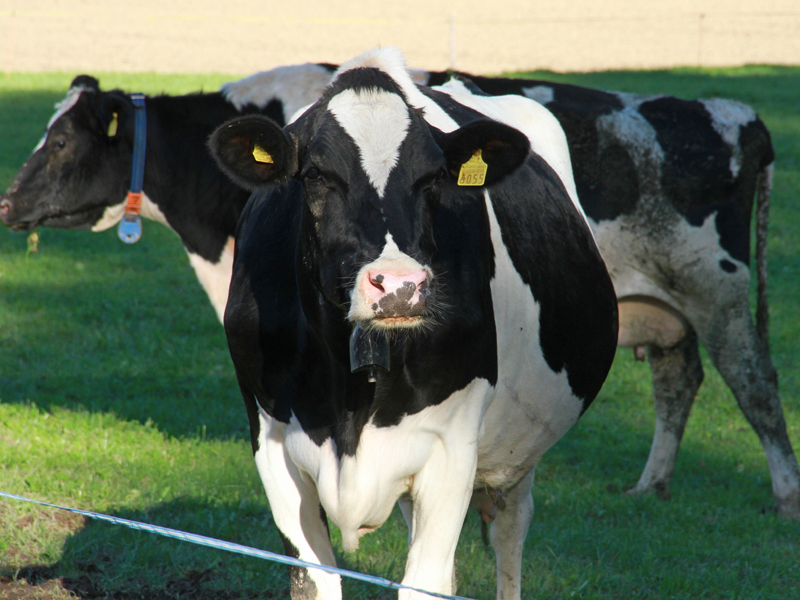The Scottish dairy industry has turned a corner with eight new farmers joining the sector in the past six months.
According to figures released from the Scottish Dairy Cattle Association (SCDA), the number of Scottish dairy farms has risen to 1,001.
Of the new farms, four were in Ayrshire, two in Dumfriesshire and two in Kirkcudbrightshire.
In January the association revealed the number of farmers had fallen below the 1,000 mark to 993 for the first time since records began more than a century ago – there were 5.735 producers in 1903.
The association also this week revealed that the number of dairy cows in Scotland has risen by 5,241 to 168,878 – the highest number since 1997.
In addition, it said the number of cows being officially milk recorded had increased by 4195 to an all time average of 200 cows per record herd – the highest on record and the highest in the UK.
“It is good to see the Scottish dairy industry on the rise as huge investment has been made by farmers but milk prices will have to remain at a realistic level to ensure continued success,” said SCDA secretary Janette Mathie.
“One of the essentials for the future for both milk producers and the main milk buyers and processors, is to maintain as level production as possible throughout the year and reduce losses in the spring by having to dump surplus supply on the open market.”
She said indications were that cows numbers would continue to increase in the next six months.
NFU Scotland’s dairy policy manager George Jamieson said the news should be welcomed and seen as an opportunity rather than a threat to the sector.
“Here is clear evidence that Scotland’s milk producers are ready and willing to produce more milk. We challenge processors to add value and sales to benefit all,” said Mr Jamieson.
“Dairy farmers in Scotland are not expanding due to coupled incentives, nor to the short-term healthy prices, but a belief, that in the positive global market outlook, we can compete with anyone in terms of efficiency and resilience, but we must see more of the same from our partners in the supply chain.”
The news of increased dairy farmer and cow numbers comes at a time when major milk buyers have announced price cuts to farmers.
European dairy co-operative Arla will cut its standard litre milk price by 1.23p to 31.75p a litre on July 7.
While, UK dairy co-operative First Milk will cut both its liquid and manufacturing pool prices on August 1.
The liquid price will reduce by 1.75p to 28.75p a litre, and the manufacturing price will reduce by 1.25p to 29.6p a litre.
Muller Wiseman – a major milk buyer in the north and north-east – will also reduce its standard litre non-aligned price next month.
Producers will see their milk price fall by 1.2p to 30.8p a litre from August 3.
